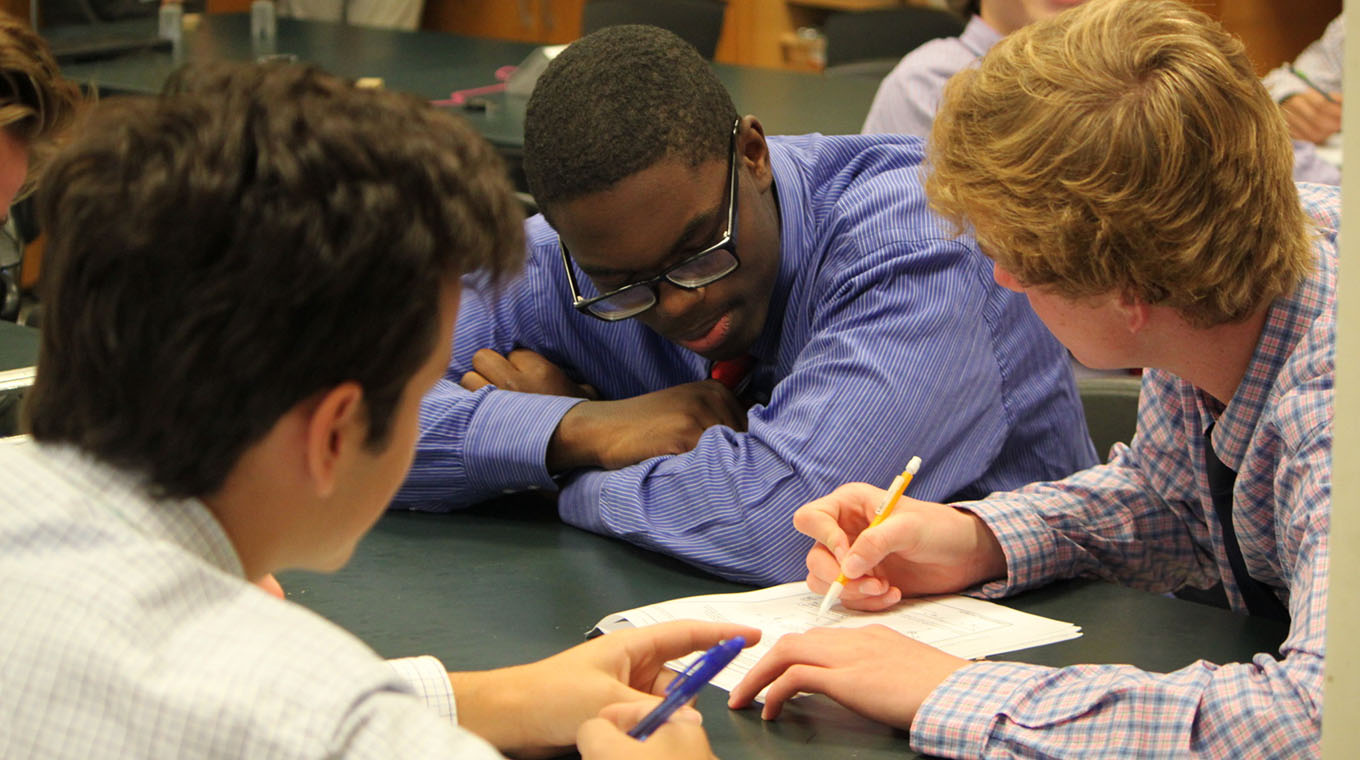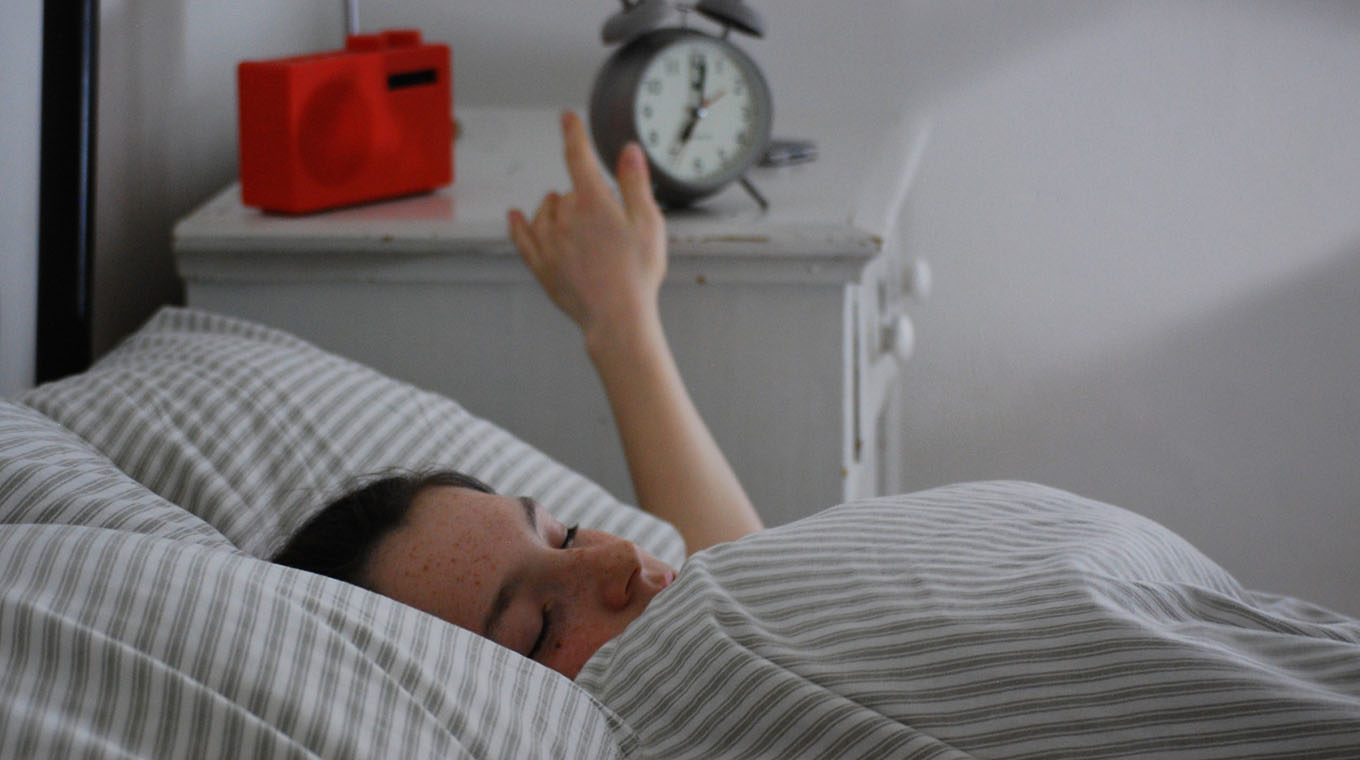
In This Article
“Developmental milestones” might seem more relevant for tots than for teens, and while you probably aren’t going to start keeping a baby book for your 14-year-old, there are still highlights to keep an eye out for as your kid moves through adolescence.
Teen friendships as support systems

Twenty20
During the teenage years, friends reign supreme.
“Adolescents are really biologically driven as their brain remodels to become more independent from their parents … and to move toward their peers,” Daniel Siegel, author of Brainstorm: The Power and Purpose of the Teenage Brain and clinical professor of psychiatry at UCLA, told NPR. “And those relationships can serve to be support for them.”
In other words, mom, it’s time to let go — at least a little bit. While peer pressure can be a major driving force for teens, friends can also serve as positive influences and valuable support systems. There’s also some good news for you: Teen conflict with parents, which often peaks during early adolescence, tends to decrease as kids move into their late teens. This is when children start to see their parents as real people — not just Mom and Dad, aka the people who assign chores and set bed times.
The other major interpersonal milestone that often comes during the teen years is, of course, the first serious romantic relationship. This is one of those scary times during which it’s important to give your child enough education to (hopefully) make the right decision, and enough freedom for them to learn their own lessons. Whether or not you choose to acknowledge it, many teens begin experimenting with sex during these years. As a parent, it’s your job to make sure they have the knowledge and resources that are necessary to make smart choices.
Emotions can run strong in teens

Twenty20
For adolescents, strong feelings and intense emotions are the norm – especially for kids in their early teens. Know that the unpredictable moods aren’t forever, and remember that while your child might look a lot older than they did a few years ago, their brain is still very much learning how to appropriately handle emotions. You might also notice an increase in impulsivity, as your teen’s feelings are often moving faster than their logical brains.
Emotional challenges for teens, such as sadness and depression, anxiety, and low self-confidence, might start to emerge during this time, so be on the lookout for major changes in your teen’s behavior and don’t be afraid to initiate honest conversations if you are worried about them. Alcohol, drugs, self-harm, and other negative coping mechanisms can start to surface as a result, so it’s important to be aware of signs that your teen is struggling.
How teens think

Twenty20
The teen years are when kids really develop the ability to think in a critical, nuanced manner. According to the American Academy of Pediatrics, early adolescents still tend to have very “black-and-white thinking,” but as they continue to grow, they become much more able to see the middle ground.
Similarly, as teens mature, they gain the ability to not only think about the future consequences of their actions, but also to actually apply this information to the choices they make in the present. In other words, “I want to go to a selective college” translates to “I should study for the test I have tomorrow, even though I’d rather hang out with my friends tonight.”
But be patient! This process doesn’t happen overnight, and chances are you’ll have to watch your kid choose their friends over their studies more times than you’d like, before they start regularly choosing the more prudent option. Do keep a close eye on your teen, though, as these challenges in thinking ahead can also lead some teens to make dangerous decisions.
Physical changes in teens

Twenty20
Rapid growth happens for kids throughout the teen years, though it continues later for boys than for girls. According to the Centers for Disease Control and Prevention, most girls complete puberty by their mid- to late teens, while boys continue their physical growth throughout this time. All of this development takes significant energy, and you’ll probably notice your teenager needing much more sleep and food than they did just a few years ago.
Your teen’s tendency to stay up later at night is biological, too. The so-called “sleep drive,” which accumulates throughout the day depending on the number of waking hours, takes longer to build up for teens than for adults.
“[Teens] don’t reach that critical level of sleepiness till a later time at night,” Dr. Daniel Buysse, a sleep medicine professor at the University of Pittsburgh Medical Center, told The New York Times.
Another byproduct of your teen’s rapid growth: They might suddenly seem to be a lot clumsier than they used to be. There probably isn’t much reason for concern, though. Just picture what it’d be like if you all of a sudden added a few inches to each of your arms and legs!




